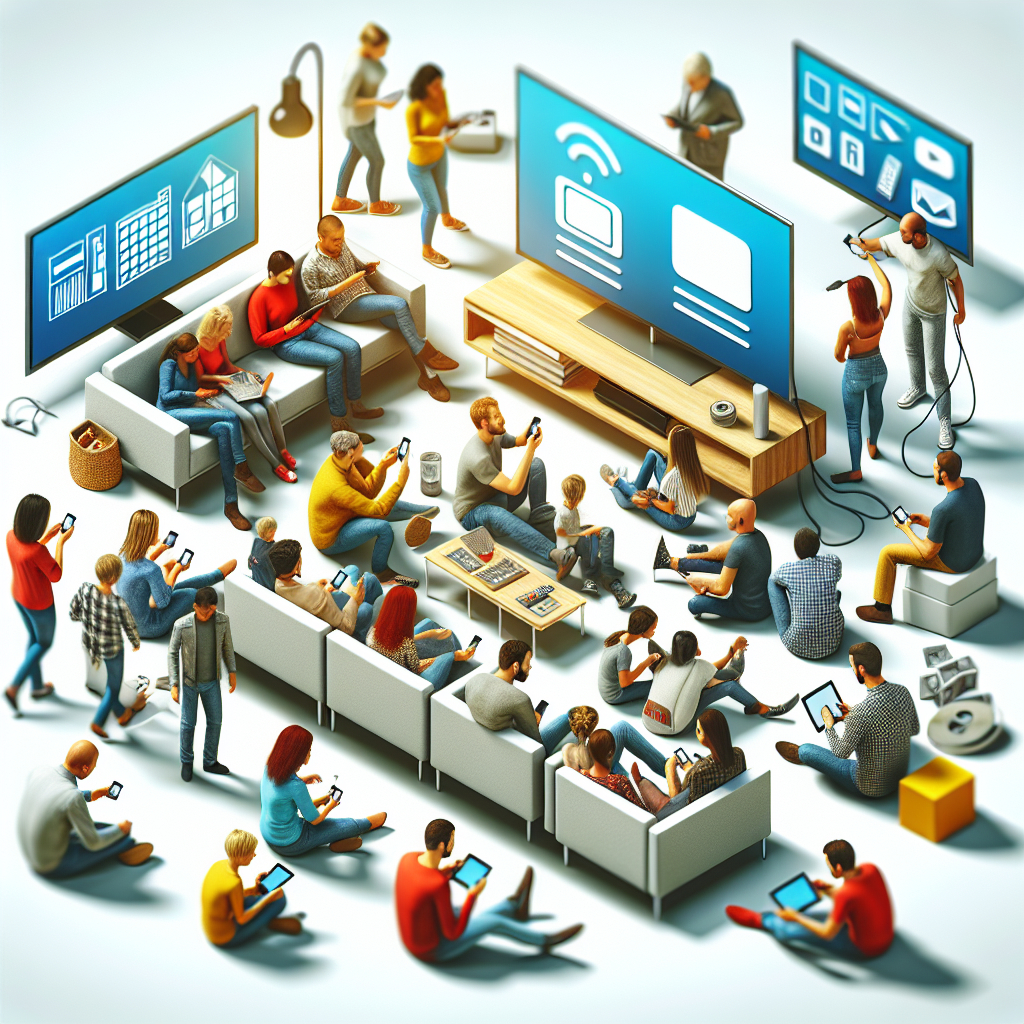Internet memes have become a ubiquitous part of online culture, evolving from simple images and text to complex, multi-layered forms of communication. This article explores the fascinating journey of internet memes, tracing their origins and examining how they have transformed into viral phenomena that shape our digital interactions.
The Early Days of Internet Memes
The concept of a „meme” was first introduced by Richard Dawkins in his 1976 book „The Selfish Gene,” where he described it as a unit of cultural transmission. However, internet memes as we know them today began to take shape in the early 2000s. During this period, the internet was still in its nascent stages, and online communities were just starting to form. Websites like 4chan, Something Awful, and Reddit became breeding grounds for early memes.
One of the earliest and most iconic internet memes is the „Dancing Baby,” also known as „Baby Cha-Cha-Cha.” This 3D-rendered animation of a baby dancing to a catchy tune became a viral sensation in the late 1990s, spreading through email chains and early web forums. Another early meme, „All Your Base Are Belong to Us,” originated from a poorly translated Japanese video game and quickly became a catchphrase among gamers and internet users.
These early memes were often simple in nature, relying on humor and novelty to capture the attention of internet users. They were shared through email, message boards, and early social media platforms, creating a sense of community among those who were in on the joke. As internet access became more widespread, so did the reach and impact of these memes.
The Rise of Social Media and Viral Memes
The advent of social media platforms like Facebook, Twitter, and Instagram in the mid-2000s marked a significant turning point in the evolution of internet memes. These platforms provided new ways for users to share and interact with content, leading to the rapid spread of memes across the internet. The term „viral” became synonymous with memes that achieved widespread popularity in a short amount of time.
One of the most notable examples of a viral meme is „Rickrolling,” which involves tricking someone into clicking a hyperlink that leads to the music video for Rick Astley’s 1987 hit „Never Gonna Give You Up.” This meme became a global phenomenon, with millions of people falling victim to the prank. The success of Rickrolling demonstrated the power of social media to amplify and spread memes to a massive audience.
Another significant development during this period was the rise of image macros, which are images overlaid with text to create humorous or relatable content. The „Advice Animals” meme format, featuring animals with captions that offer humorous advice or commentary, became incredibly popular. Memes like „Grumpy Cat,” „Success Kid,” and „Bad Luck Brian” became household names, transcending the internet to appear in mainstream media and advertising campaigns.
As memes continued to evolve, they began to take on more complex forms. Video memes, such as „Harlem Shake” and „Gangnam Style,” became viral hits, with millions of people creating and sharing their own versions. These memes often involved participatory elements, encouraging users to engage with the content and contribute their own creativity.
The Impact of Memes on Culture and Communication
Internet memes have had a profound impact on culture and communication, influencing the way we express ourselves and interact with others online. Memes have become a form of digital shorthand, allowing users to convey complex ideas, emotions, and social commentary with a simple image or phrase. They have also become a powerful tool for social and political activism, with memes like „Pepe the Frog” and „Distracted Boyfriend” being repurposed to convey various messages and ideologies.
Memes have also played a significant role in shaping internet subcultures and communities. Platforms like Reddit and Tumblr have become hubs for meme creation and dissemination, with users collaborating to create new and innovative meme formats. These communities often develop their own unique languages and in-jokes, fostering a sense of belonging and identity among members.
Moreover, memes have become a valuable marketing tool for brands and businesses. Companies have recognized the potential of memes to engage with audiences and create viral marketing campaigns. By tapping into popular meme formats and trends, brands can connect with consumers in a more authentic and relatable way. However, this approach can be a double-edged sword, as poorly executed meme marketing can come across as inauthentic or out of touch.
The Future of Internet Memes
As technology continues to advance, the future of internet memes is likely to be shaped by new platforms and mediums. The rise of short-form video platforms like TikTok has already had a significant impact on meme culture, with users creating and sharing viral videos that often incorporate popular meme formats. Augmented reality (AR) and virtual reality (VR) technologies also hold the potential to revolutionize the way we create and interact with memes, offering new possibilities for immersive and interactive content.
Artificial intelligence (AI) is another area that could influence the future of memes. AI-generated content, such as deepfakes and text-based memes created by language models, is becoming increasingly sophisticated. While this technology offers exciting possibilities for creativity and innovation, it also raises ethical and legal concerns, particularly around issues of misinformation and copyright infringement.
Despite these challenges, the fundamental appeal of memes is unlikely to change. Memes will continue to be a way for people to connect, communicate, and find humor in the shared experiences of life. As long as there are internet users, there will be memes, evolving and adapting to reflect the ever-changing landscape of digital culture.
Conclusion
The evolution of internet memes from their early days to viral hits is a testament to the creativity and ingenuity of internet users. Memes have become an integral part of online culture, shaping the way we communicate and interact with each other. As technology continues to evolve, so too will memes, offering new opportunities for expression and connection in the digital age.



